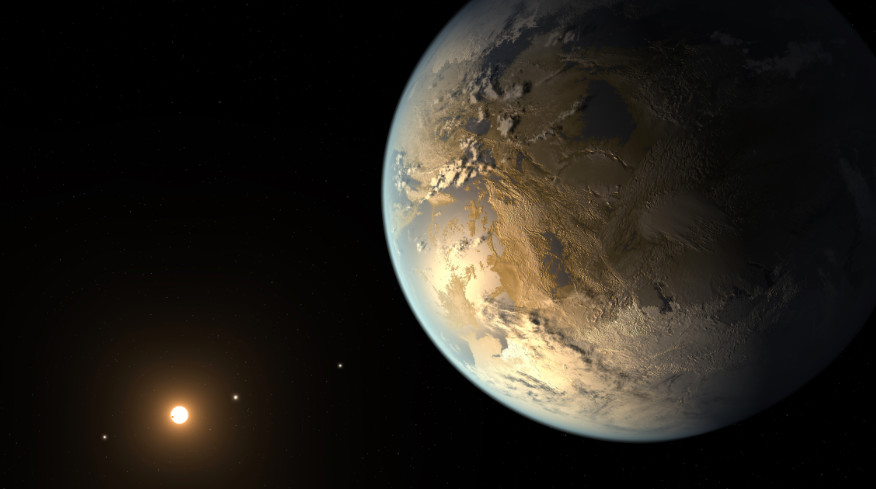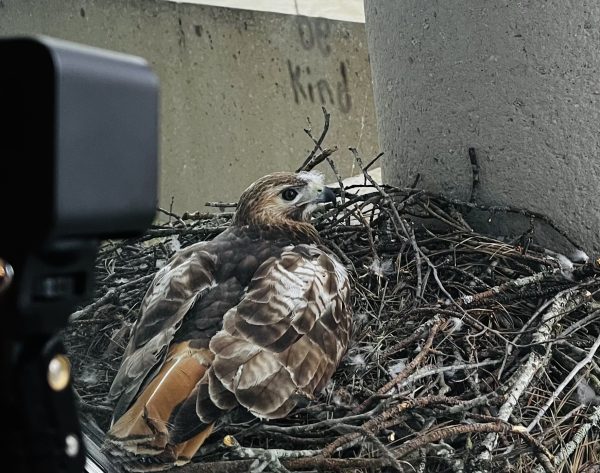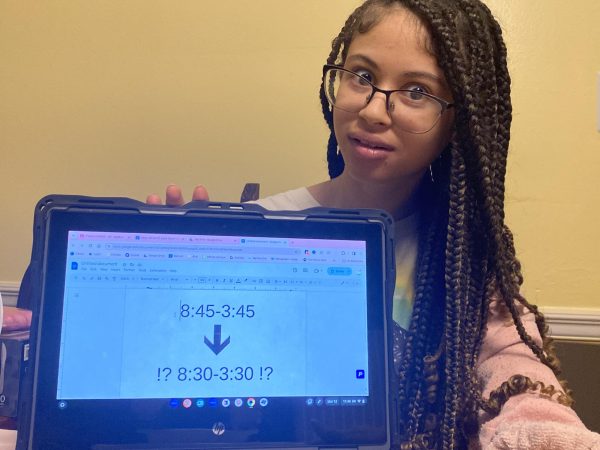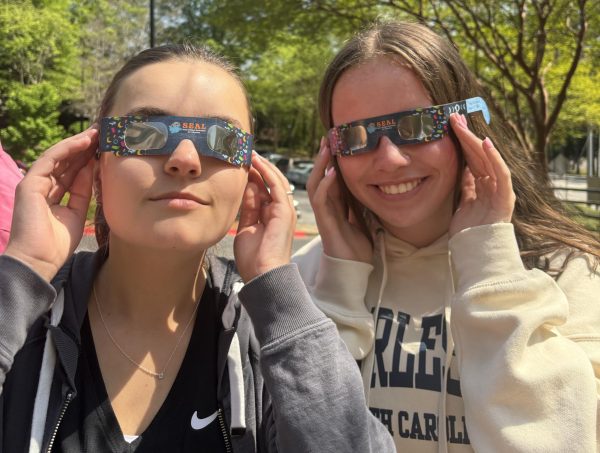NASA Discovers Seven New Earth Planets
NASA has made a new discovery about Earth-like planets.
Recently NASA has discovered the existence of seven new Earth-like planets in a section outside of our solar system that they named TRAPPIST-1. Why so much excitement? Probably because of the inevitable nuclear apocalypse that will wipe out 93 percent of Earth’s population and render it permanently euthanized. It helps to have a Plan B for a living space. “It means if Trump presses the big red button, we have a backup strategy.” said sophomore Ethan Hendrickson.
In reality, TRAPPIST-1 is only a mere 40 light years away, which is approximately 11,250 human years. It might be a little difficult to get there with our current technological standpoint. Another setback would be the fact that “Earth-like” is a bit of a stretch. Though these seven rocky planets are found to be orbiting a small star similar to our solar system, have about the same mass and size as ours, have a protective atmosphere, and three of these planets are a decent distance away from the sun in order for liquid water to be allowed to exist, technology is still very far away from us hopping around 12 parsecs on our own Millennium Falcons to visit whatever planets we pleased. Even if we could theoretically build a shuttle or satellite to take us to the TRAPPIST-1 system, it is unknown whether the surrounding atmosphere is breathable, or if the exact perfect conditions to sustain our species could be provided by these exoplanets (a planet that orbits a star other than the sun).
However, even though these planets could not support intelligent human life (to use the term loosely), there is a possibility that it could support something else. “I know that they’re in the perfect spot next to the sun like Planet Earth in a certain distance so they could possibly have liquid water on them.” said AP Lit teacher Deanna Hasty. “That means there could be life.”
Life on these exoplanets could very well range from nothing to bacteria to aliens. We’ll find out as soon as the James Webb Space Telescope launches in October of 2018 when we can study these Earth-like, tidally locked planets. Until then, let’s just play God on our own little insignificant dot.
















